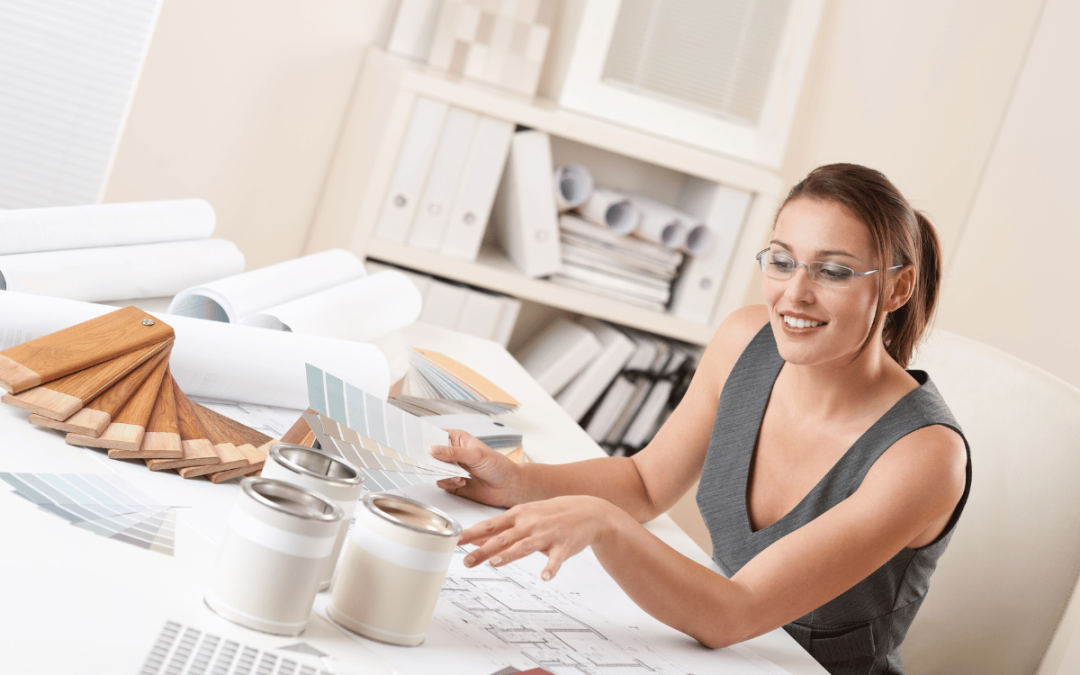The design and architecture of a workspace play a critical role in fostering creativity, enhancing productivity, and promoting employee well-being. In the modern era, the traditional office setup has begun to change into more dynamic, functional, and user-friendly environments. This transformation is marked by the increasing importance placed on the interplay between aesthetics, functionality, and sustainability in office workspaces.
Architecture and Design in Workspace Functionality
In creating functional workspaces, the role of architecture and design becomes paramount. Architects and designers employ strategic spatial planning, aesthetics, and innovation to create an environment that actively contributes to the performance goals of a business. By utilizing modern architecture strategies, they provide workspaces that are adaptive, inclusive, and can be modified as per the changing needs of a business.
Designing for functionality involves considerations beyond just visual appeal – it extends to factors like lighting, acoustics, temperature control, and space management. Design strategies should be inclusive, making workspaces accessible for all employees. For instance, intelligently designed workspaces, similar to those you might find in a well-regarded architecture firm in Los Angeles, can decrease noise levels, increase access to natural light, facilitate ease in moving around and promote better health and well-being. Thus, architecture and design play a dynamic role in enhancing workspace functionality, providing the strategic backbone for a working environment that optimally supports its users.
How Functional Spaces Can Boost Productivity and Well-Being
Functional workplaces are a key driver for productivity and workplace well-being. When workspaces are designed to meet the needs and preferences of the employees, they aid in diminishing physical strain and mentally exhausting factors like noise, which can ultimately lead to improved efficiency and job satisfaction. For example, ergonomic furnishings can prevent physical ailments, while a well-planned layout can enhance accessibility and ease communication and collaboration.
In addition, a harmonious and pleasant work environment can contribute significantly to employee well-being. Features like indoor plants, natural lighting, and a layout that provides both private and communal spaces can boost morale and reduce stress. A functional workspace offers employees a sense of value and appreciation, which can translate to a higher level of engagement. Pain points like inadequate temperature control or poor lighting can also be addressed in functional workspace designs which can greatly improve job satisfaction and reduce absenteeism. Therefore, the benefit of a strategically planned workspace extends well beyond the physical structure — it directly contributes to the human experience, productivity, and overall performance.
Office Architecture Trends
The world of office architecture is brimming with innovative trends. One of the most popular is the open-space office layout which facilitates collaboration and flexibility. This design removes barriers like cubicle walls, creating a shared workspace which encourages communication between team members boosting creativity and unity. Many businesses opt for this design to break down organizational hierarchies and stimulate cross-functional problem-solving and ideation.
Another noticeable trend is the shift towards integrating nature into office design, commonly known as biophilic design. This approach stems from the primal human affiliation with nature and uses these elements to create a healthful and inspiring environment. Whether it’s through the use of natural lighting, indoor plants, eco-friendly materials, or nature-inspired aesthetics, such designs have shown to reduce stress and improve cognitive function, resulting in enhanced employee well-being and productivity. Architects today are increasingly incorporating elements of biophilic design into their blueprints to create harmonious and productive workplaces.
Workplace Design Trends
Ergonomic furniture and setups are one of the key trends shaping workplace design. Ergonomics involves designing workplaces to fit the specific needs and abilities of employees, minimizing discomfort and risk of injury. This can involve anything from height-adjustable desks, ergonomic chairs that support posture, to keyboard setups that help to prevent carpal tunnel syndrome. The goal is to create a comfortable and safe environment that keeps employees healthy and productive throughout the day.
Secondly, the use of flexible workstations has come into the limelight. Flexible workstations are designed to adapt and cater to various tasks and changing needs of users, promoting versatility and adaptability within the workspace. This can include modular furniture, movable walls, or even shared workstations. Today’s dynamic workforce requires flexible spaces that can suit both collaborative and solitary work needs, and rapidly adjust to different situations. The integration of technology, especially in light of recent remote working models, is also a major influencer in designing flexible workstations. It’s about creating spaces that are as versatile as the work we do, and as dynamic as the teams that use them.
Guidance for Businesses
Businesses must recognize the impact of workspace design on their employees’ productivity and well-being. The physical environment can play a role in employee satisfaction, retention, and overall output. Consequently, investing in thoughtful and functional office architecture and design should be considered not merely as a cost, but as a strategic tool that can foster a more engaged and productive workforce.
While considering a workspace overhaul, it is critical for businesses to seek professional office designers who can provide expertise in creating functional and efficient designs tailored to their specific needs. Furthermore, businesses should go beyond just physical aspects of the workspace, and take into consideration their employees’ needs and feedback. Achieving the right balance between privacy and openness, providing flexible workstations, and integrating technology can go a long way in creating an environment that encourages productivity, collaboration and innovation.
Office architecture and workplace design trends are shifting to prioritize functionality, employee well-being, and sustainability. Open-space layouts, biophilic designs, ergonomic furniture, and flexible workstations, influenced by advanced technological integration, are paving the way for more efficient, comfortable, and productive work environments. Businesses that recognize and adapt to these trends will likely benefit from boosted employee performance, improved retention rates, and, ultimately, enhanced business success.

